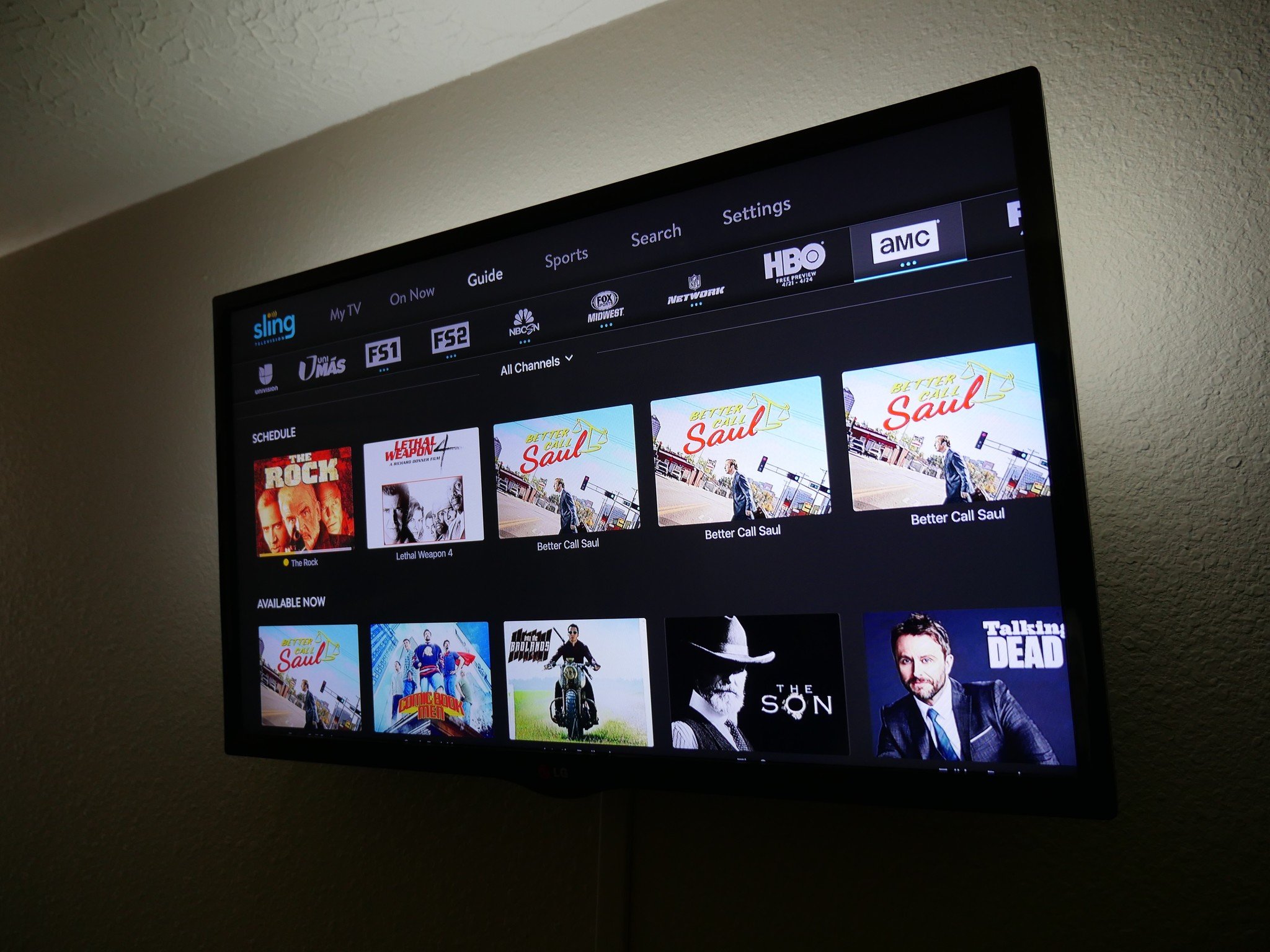As the cord-cutting trend continues to reshape the television landscape, Sling TV has emerged as a prominent player in the streaming service arena. Since its launch in 2015, Sling TV has provided subscribers with a flexible and affordable alternative to traditional cable television. In this article, we will explore the current state of Sling TV, its unique features, its impact on the streaming market, and its potential trajectory as a leader in the future of streaming entertainment.
The Rise of Sling TV

Launched by DISH Network, Sling TV was one of the first internet-based alternatives to traditional cable. Its creation was a response to the growing demand for on-demand content and the desire for consumers to avoid the high costs associated with cable packages. Sling TV’s model allows users to stream live and on-demand television over the internet, making it accessible on a variety of devices.
- Cost-Effective Solutions: Sling TV is known for its budget-friendly pricing, starting at around $40 per month. This contrasts sharply with traditional cable, which often charges upwards of $100 monthly.
- Flexible Packages: Subscribers can choose from various channel packages, such as Sling Orange or Sling Blue, or combine them for a broader selection. This customization appeals to users looking for specific content without paying for channels they don’t watch.
- Device Compatibility: Sling TV is compatible with multiple devices, including smart TVs, streaming sticks, game consoles, and mobile devices, allowing viewers to watch from anywhere.
Features That Set Sling TV Apart

Sling TV’s unique features play a significant role in its appeal. Here are some of the highlights:
- Cloud DVR: Sling TV offers a Cloud DVR feature, allowing users to record live shows and watch them later. This capability is particularly valuable for those who cannot watch programs in real-time.
- On-Demand Content: In addition to live TV, Sling TV provides access to a library of on-demand content, including movies and TV shows, enhancing the viewing experience.
- Multi-Stream Options: Sling TV allows users to stream on multiple devices simultaneously, accommodating households with varied viewing preferences.
- Local Channels: With the addition of local channels in select markets, Sling TV competes more effectively with traditional cable providers.
The Competitive Landscape of Streaming Services

The streaming market is increasingly crowded, with numerous players vying for consumer attention. Major competitors include Netflix, Hulu, Amazon Prime Video, and Disney+. Each service offers unique features, but Sling TV’s live TV component and customizable packages set it apart.
According to research from eMarketer, the number of U.S. cord-cutters is projected to reach 55 million by 2024. As consumers increasingly turn away from traditional cable, Sling TV’s live streaming model positions it well to capture this audience. Here are some statistics that underline the competitive landscape:
- In Q2 2021, Sling TV had approximately 2.5 million subscribers, making it one of the largest live TV streaming services in the U.S.
- As of 2023, approximately 23% of U.S. households report using a live TV streaming service, with Sling TV being a popular choice among them.
Challenges Facing Sling TV
Despite its strengths, Sling TV faces several challenges in the competitive streaming market:
- Content Licensing Costs: As with any streaming service, licensing agreements with networks and studios can be expensive. Ensuring a diverse and appealing content library is essential for retaining subscribers, but rising costs can impact profitability.
- Competition from Major Players: With robust offerings from Netflix, Amazon, and Disney+, Sling TV must continually innovate to maintain its market position.
- Consumer Expectations: As consumers become accustomed to high-quality content and seamless user experiences, Sling TV must ensure its platform is user-friendly and technologically advanced.
The Future of Sling TV: Trends and Predictions
Looking ahead, several trends could shape the future of Sling TV:
- Enhanced User Experience: As competition intensifies, Sling TV is likely to invest in improving its user interface and overall customer experience. This could include advanced recommendation algorithms and personalized content suggestions.
- Expansion of Content Offerings: To attract and retain subscribers, Sling TV may expand its content library by adding more channels, exclusive shows, and partnerships with popular networks.
- Integration with Emerging Technologies: The rise of smart home devices and AI may lead Sling TV to explore integrations that enhance the viewing experience, such as voice-activated commands and personalized viewing options.
- Localized Content: Increasing focus on local content could make Sling TV a more attractive option for users seeking regional programming.
Case Studies: Success Stories and Lessons Learned
Several case studies highlight how Sling TV has successfully navigated the challenges of the streaming industry:
- Partnership with AMC: In 2020, Sling TV and AMC Networks struck a deal that expanded Sling’s offerings to include popular shows and movies from AMC, enhancing its content library and attracting new subscribers.
- Marketing Strategies: Sling TV has employed innovative marketing strategies, including promotional deals for new subscribers and collaborations with social media influencers, to increase brand awareness and customer acquisition.
- Adapting to Consumer Behavior: The COVID-19 pandemic shifted viewing habits, leading to increased demand for streaming services. Sling TV capitalized on this trend by promoting its live sports and news offerings, appealing to audiences seeking real-time content.
Conclusion: Sling TV’s Path Forward

As the streaming landscape continues to evolve, Sling TV’s ability to adapt and innovate will be crucial for its success. With its cost-effective pricing, flexible packages, and unique features, Sling TV has carved out a significant niche in the market. However, it must also address challenges related to content costs and competition from larger players.
Looking to the future, Sling TV can thrive by focusing on enhancing user experience, expanding its content library, and leveraging emerging technologies. As the number of cord-cutters grows, Sling TV is well-positioned to be a leader in the streaming entertainment industry. By staying responsive to consumer preferences and market trends, Sling TV can continue to shape the future of how audiences consume television.


